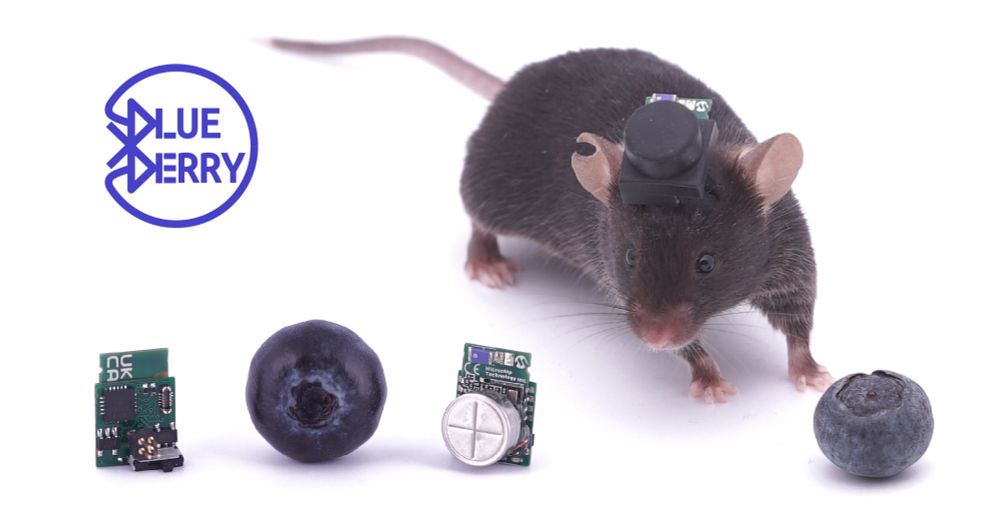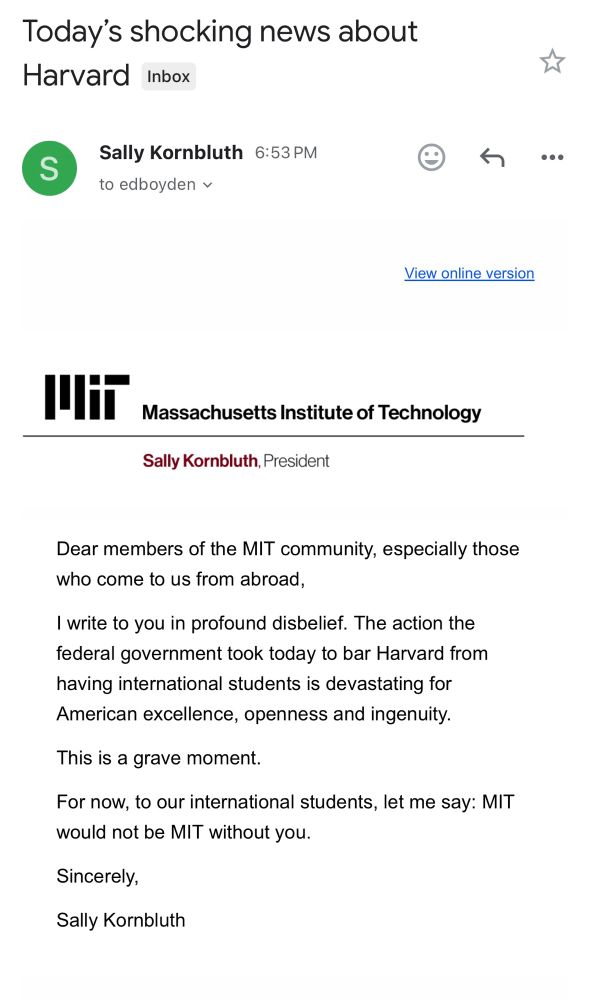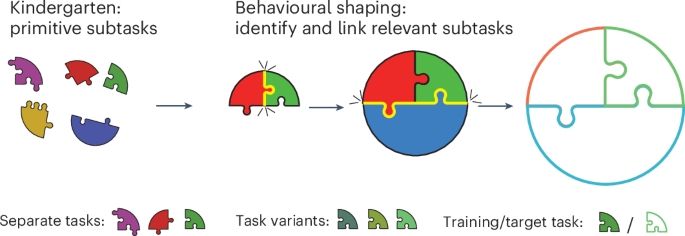Still building up this account!
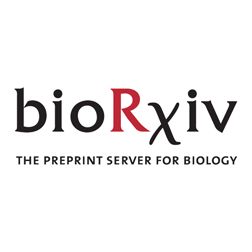
www.nature.com/articles/s4...

www.nature.com/articles/s4...
Our latest in @natrevneuro.nature.com
Link: rdcu.be/eMX3E
@jeffcolgren.bsky.social @msarscentre.bsky.social

Our latest in @natrevneuro.nature.com
Link: rdcu.be/eMX3E
@jeffcolgren.bsky.social @msarscentre.bsky.social
Want to change the consequences of receptor activation?
Small molecules binding the GPCR-transducer interface change G protein subtype preference in predictable ways, enabling rational drug design 💥
So many new possibilities! 🧪🧠🟦
www.nature.com/articles/s41...
🧵👇

Want to change the consequences of receptor activation?
Small molecules binding the GPCR-transducer interface change G protein subtype preference in predictable ways, enabling rational drug design 💥
So many new possibilities! 🧪🧠🟦
www.nature.com/articles/s41...
🧵👇


REVIEW | The time is now: accounting for time-of-day effects to improve reproducibility and translation of metabolism research
S Deota, S Panda et al.

REVIEW | The time is now: accounting for time-of-day effects to improve reproducibility and translation of metabolism research
S Deota, S Panda et al.
Just got my advance copy of Emergence — a memoir about growing up in group homes and somehow ending up in neuroscience and AI. It’s personal, it’s scientific, and it’s been a wild thing to write. Grateful and excited to share it soon.
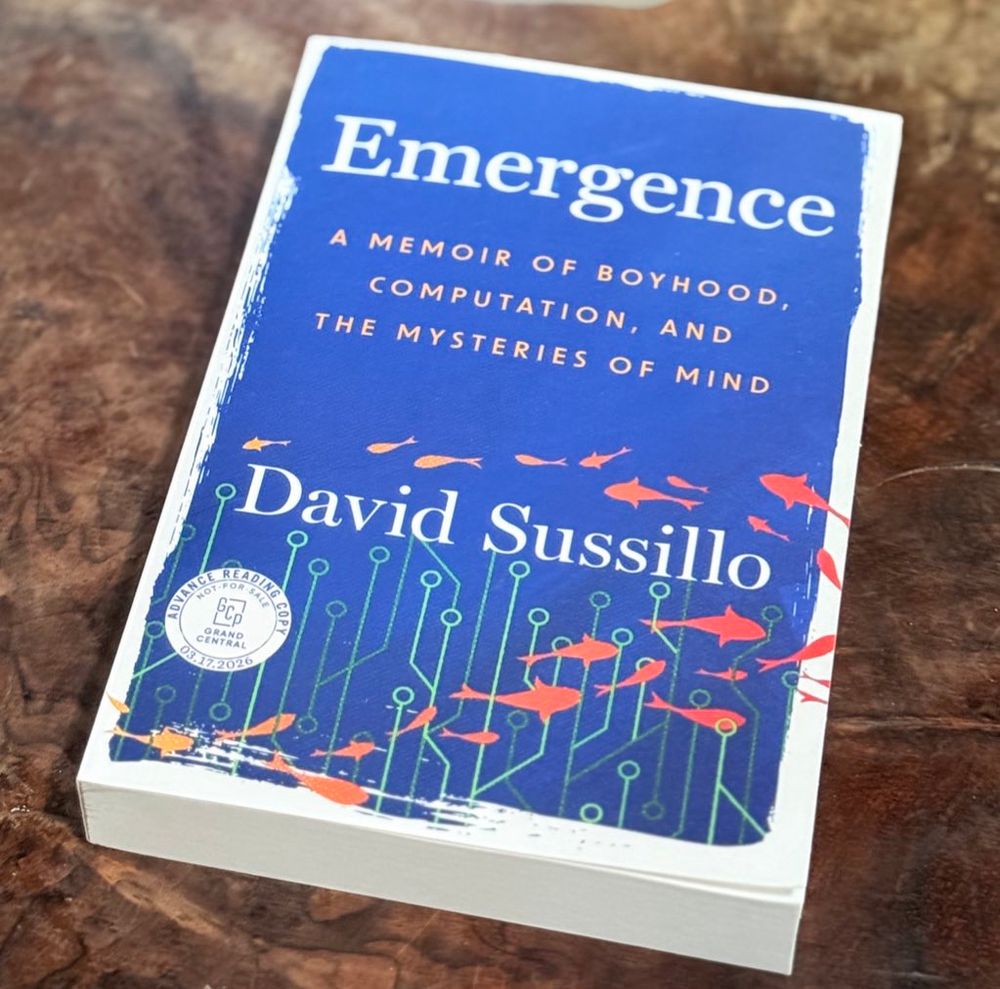
Just got my advance copy of Emergence — a memoir about growing up in group homes and somehow ending up in neuroscience and AI. It’s personal, it’s scientific, and it’s been a wild thing to write. Grateful and excited to share it soon.

doi.org/10.1038/s415...
Small contribution in this piece by @frosas.bsky.social and colleagues on how we need both types of research culture in neuroscience.
#neuroskyence
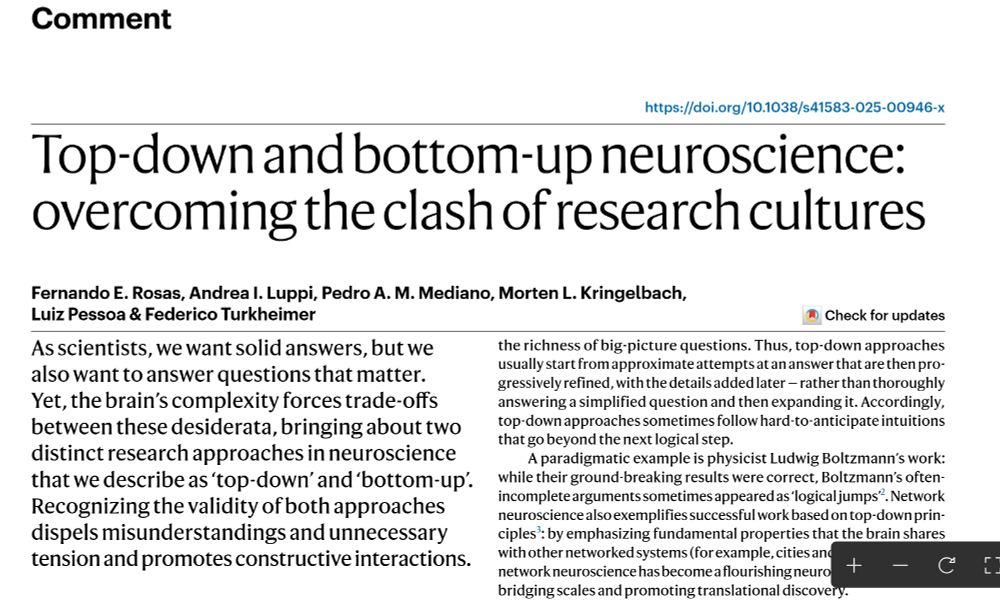
doi.org/10.1038/s415...
Small contribution in this piece by @frosas.bsky.social and colleagues on how we need both types of research culture in neuroscience.
#neuroskyence
Wonderfully pithy observation @georgkeller.bsky.social love it.
Wonderfully pithy observation @georgkeller.bsky.social love it.

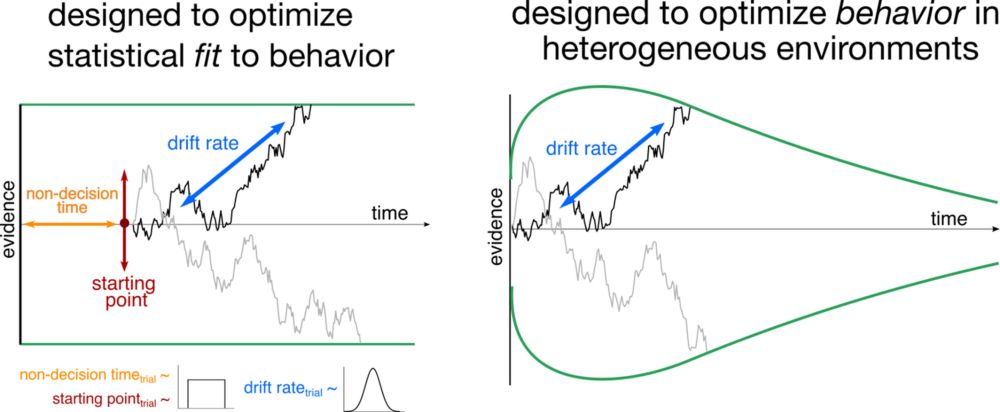
By @sydneywyatt.bsky.social
#neuroskyence
www.thetransmitter.org/pain/basic-p...
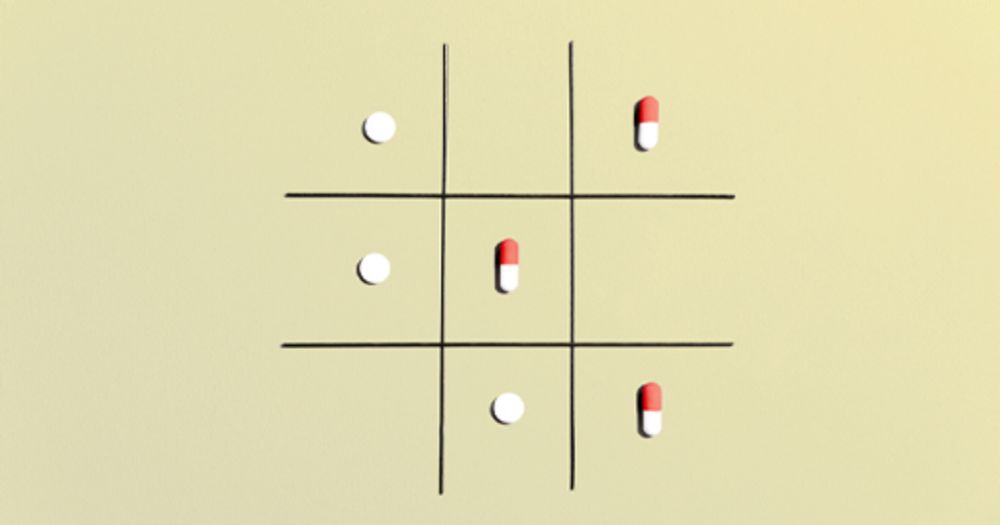
By @sydneywyatt.bsky.social
#neuroskyence
www.thetransmitter.org/pain/basic-p...
mitpress.mit.edu/978026204499...
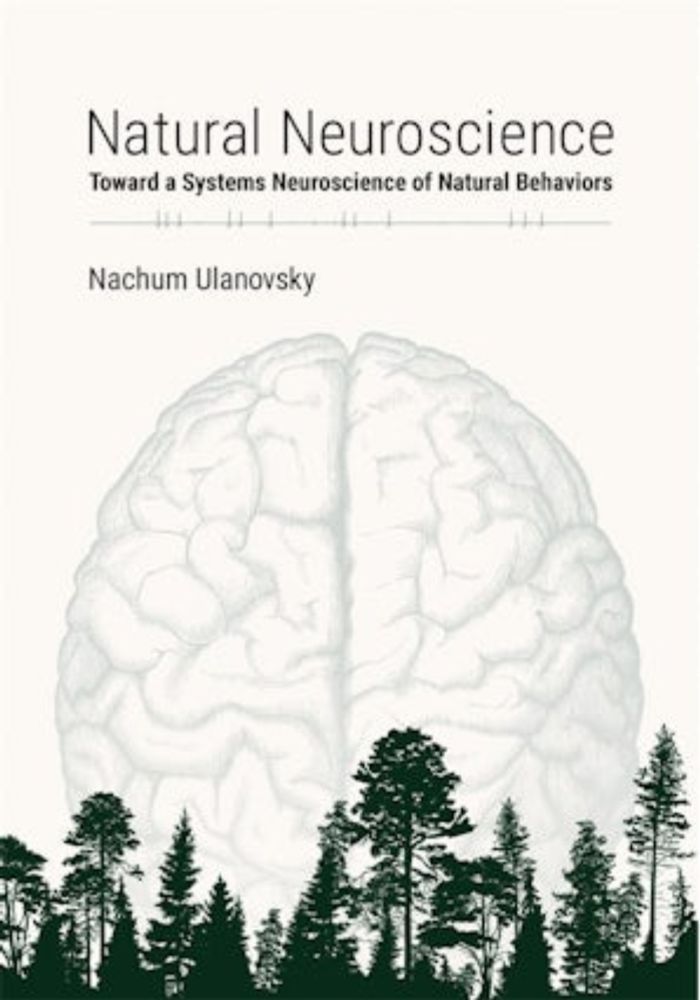
mitpress.mit.edu/978026204499...
Blind mice use stereo olfaction, comparing smells between nostrils, to maintain a stable sense of direction. Blocking this ability disrupts their internal compass.
Kudos to @kasumbisa.bsky.social! Another cool chapter of the Trenholm-Peyrache collab😉
www.nature.com/articles/s41...

Blind mice use stereo olfaction, comparing smells between nostrils, to maintain a stable sense of direction. Blocking this ability disrupts their internal compass.
Kudos to @kasumbisa.bsky.social! Another cool chapter of the Trenholm-Peyrache collab😉
www.nature.com/articles/s41...
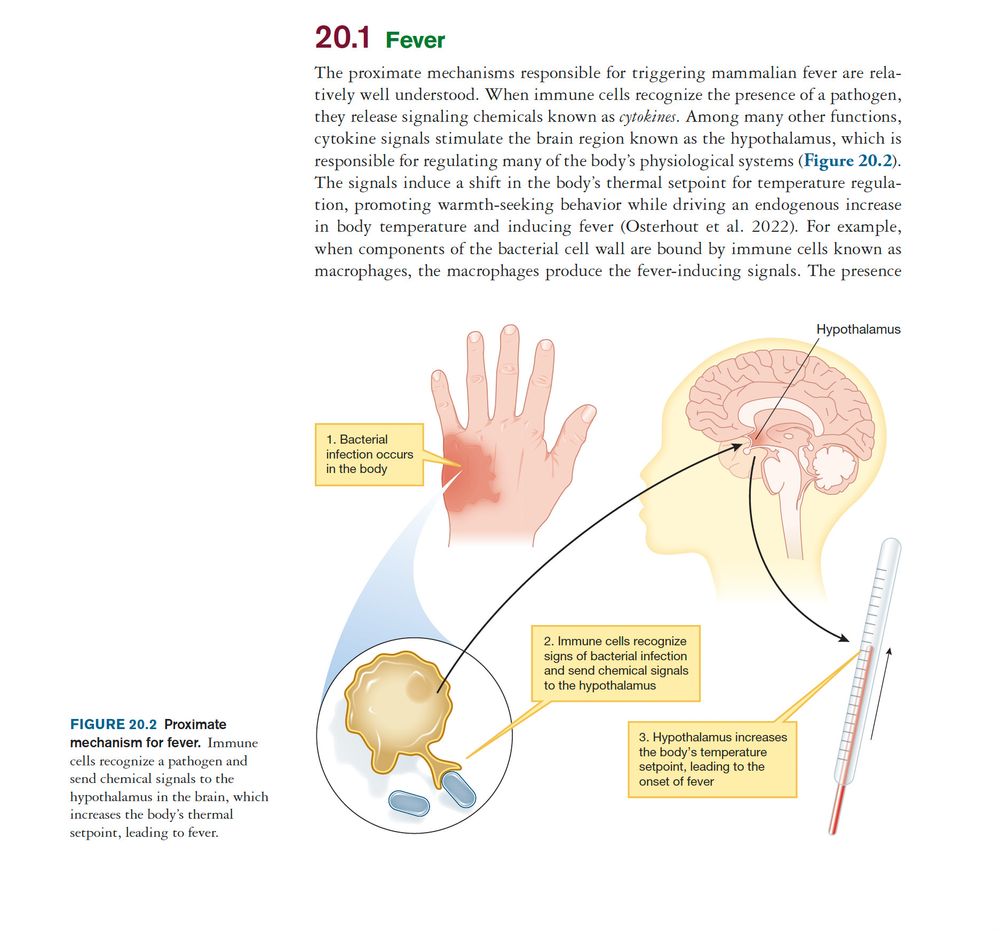
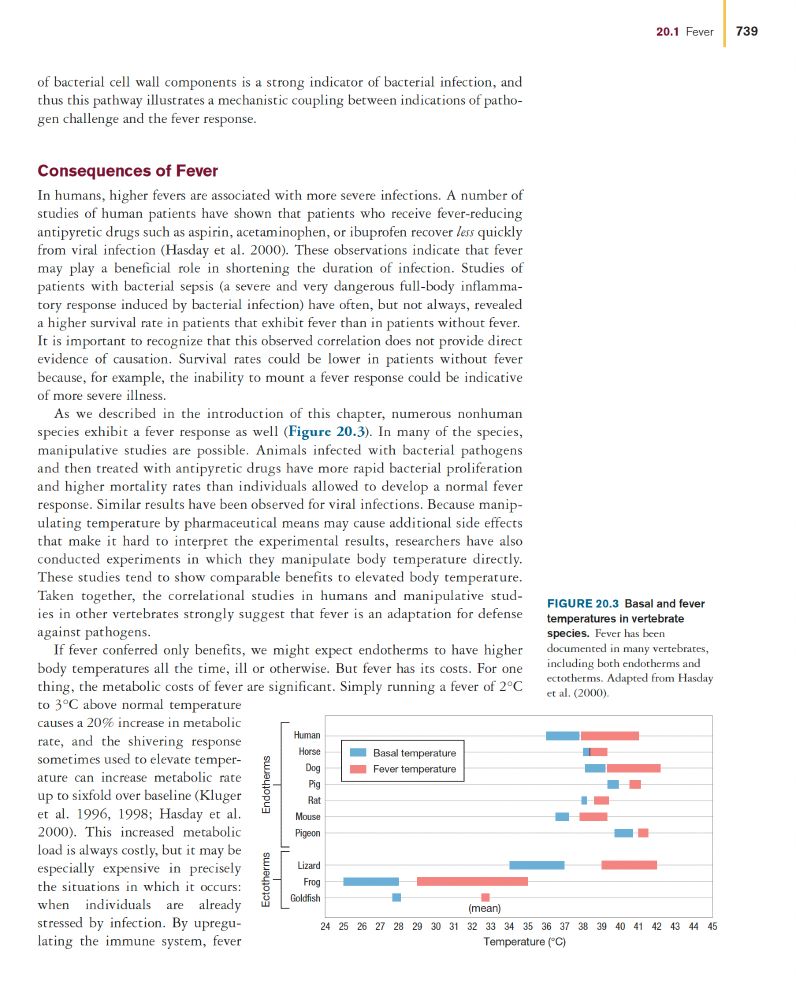
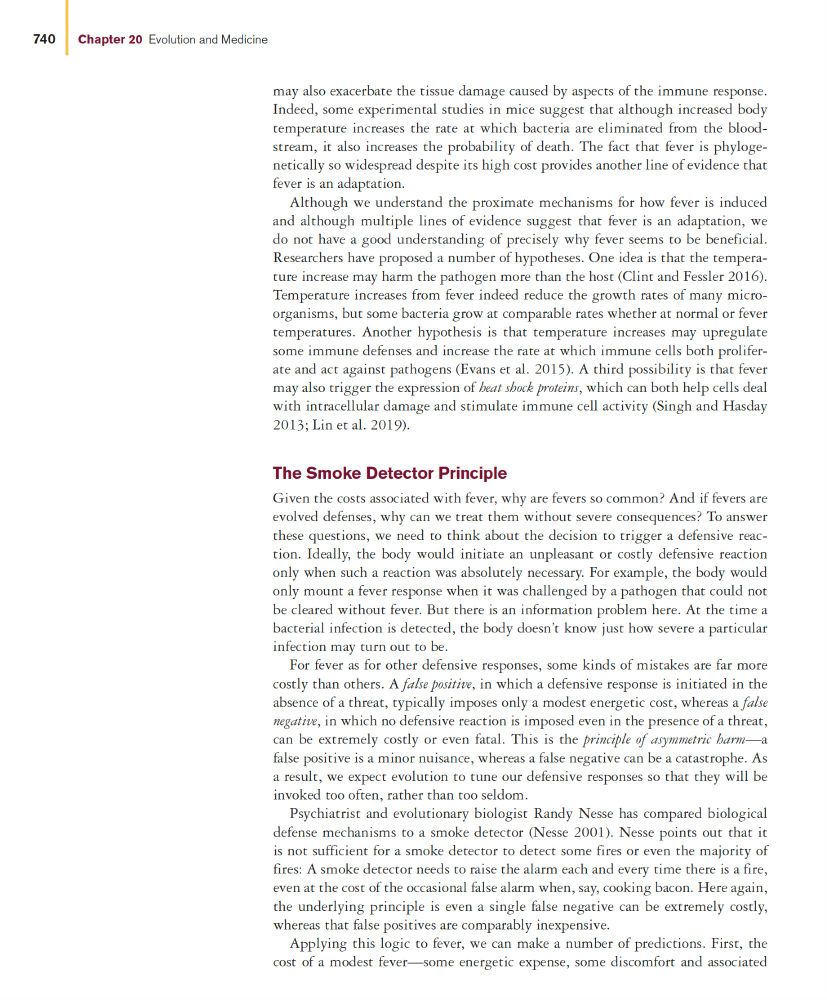

The reporting shows how much protocol seems to be getting set verbally, and not in writing. Such a disaster.
The reporting shows how much protocol seems to be getting set verbally, and not in writing. Such a disaster.
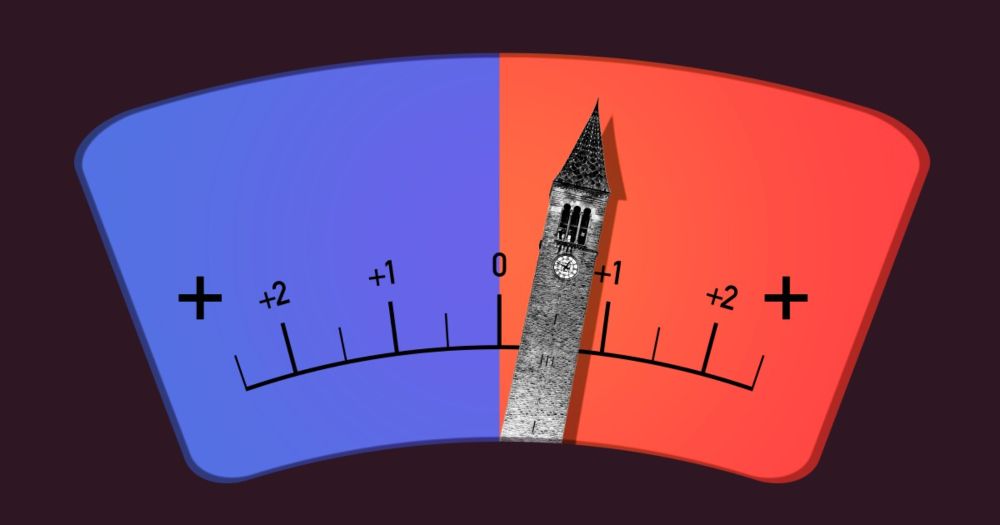
www.cell.com/trends/neuro...
🧠📈 🧪

www.cell.com/trends/neuro...
🧠📈 🧪

Suite3D: Volumetric cell detection for two-photon microscopy
by @haydari.bsky.social & team.
www.biorxiv.org/content/10.1...

Suite3D: Volumetric cell detection for two-photon microscopy
by @haydari.bsky.social & team.
www.biorxiv.org/content/10.1...
